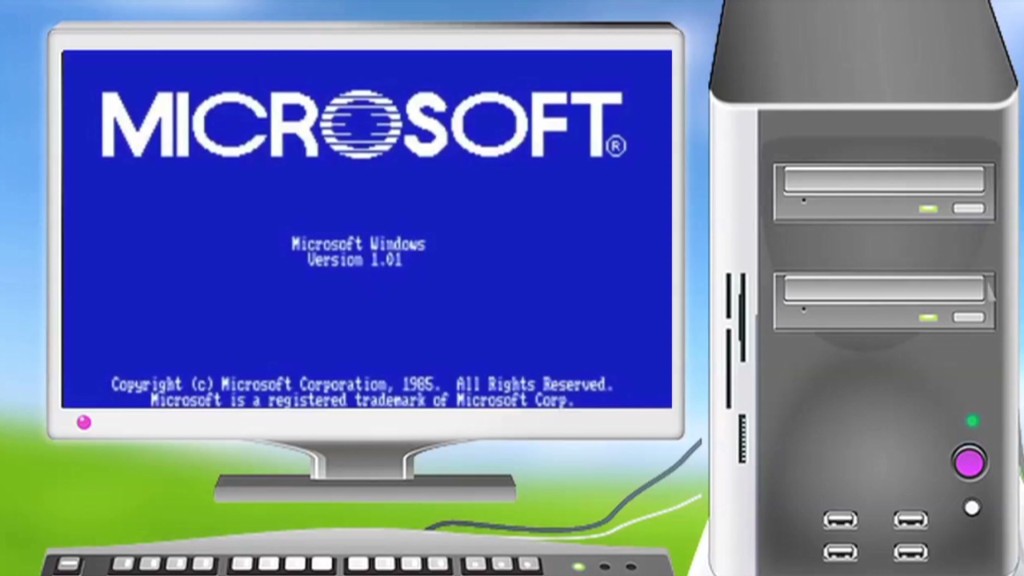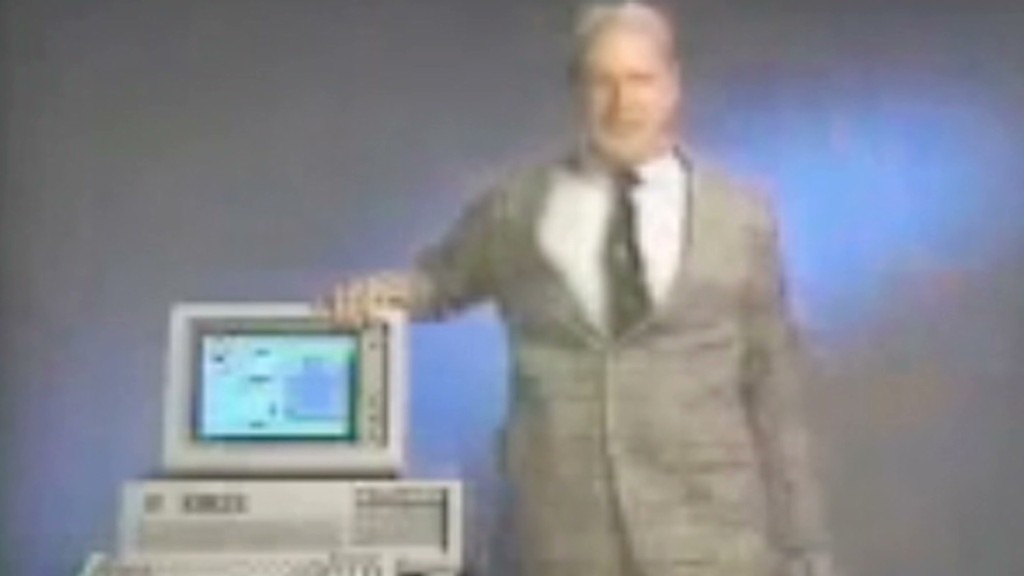
Microsoft is about to take the ax to one of the stupidest products it ever created.
CEO Satya Nadella said Tuesday that Microsoft (MSFT) will combine all of its various Windows iterations into one unified version next year. That, thankfully, will mean the end of Windows RT, MIcrosoft's woefully executed and dreadfully received operating system for tablets.
Windows RT was supposed to usher in the tablet era for Microsoft. But Windows RT has two fatal flaws: it's missing crucial apps, and it's poorly designed. Unsurprisingly, the stripped-down operating system failed to take off. (Actually, that's an understatement: Microsoft took a $900 million writedown last year because of awful Surface RT sales, the only mainstream tablet than ran Windows RT.)
The biggest failure of Windows RT was that it took away the single best part of Windows -- the fact that it can run just about every app ever created.
Related: The biggest Windows bloopers
Instead, Windows RT can only run apps built for the Windows Store. You know those strange-looking tile apps in Windows 8? Yup, those are the ones.
To be fair to Microsoft, it has done a mostly adequate job building up its app store. There are 170,000 apps listed in the store -- about half of the number of iPad apps -- the most popular of which are YouTube, Facebook (FB), Skype, Netflix (NFLX) and Google (GOOGL) Search.

Still, you can't run iTunes. There's no Chrome or Firefox browser. You likely can't run your company's custom-built software. Pretty much anything that requires a desktop is a no-go.
OK, so that sounds kind of like an iPad or a Chromebook laptop, right? Sure it does -- so why not just buy an iPad for the same price? Or save $150 and buy a Chromebook? That's what most consumers were thinking anyway.
But unlike Apple (AAPL) or Google, Microsoft didn't take away the desktop in Windows RT. No, no, no. Curiously, Microsoft kept the desktop around so you can run a separate, more robust version of Internet Explorer. You can also manage files, and tap into your tablet's advanced settings on the desktop. Oh, and if you want to run Microsoft Office, you have to switch into desktop mode for that too.
Related: Windows 8 vs. Windows RT. Let's explain
To recap: If you want to visit a website that the tablet version of the browser doesn't support, change a setting that you can't tweak in the normal settings app. Or, if you want to create a document, you have to exit the land of tiles and enter desktop world.
So, yeah, it's fair to say there are some design issues with Windows RT.
The concept of Windows RT was actually right: put Windows on any device, no matter what kind of processor or screen size it has -- even if the device is missing a keyboard and mouse. But Microsoft never made a compelling case for why you should buy a Windows RT tablet over a rival tablet except for the fact that it runs Office. And that argument just went out the window when Microsoft brought Office to the iPad earlier this year.
That's why Windows RT turned into one of the biggest flops in Microsoft's history. And that's saying a lot, considering Microsoft conjured up such duds as Windows Vista, Microsoft Bob and Clippy.

